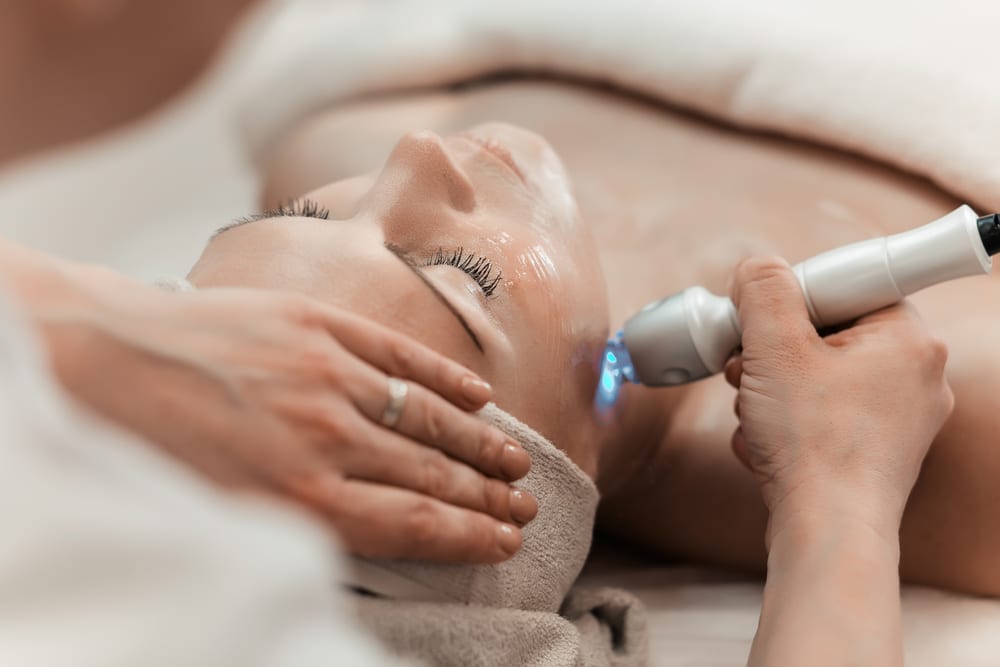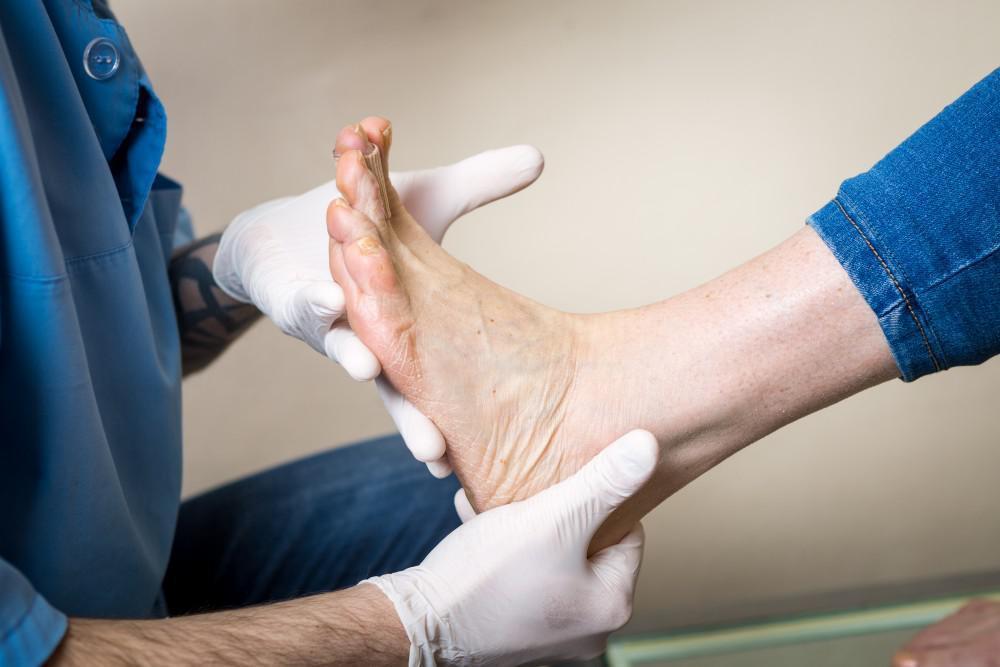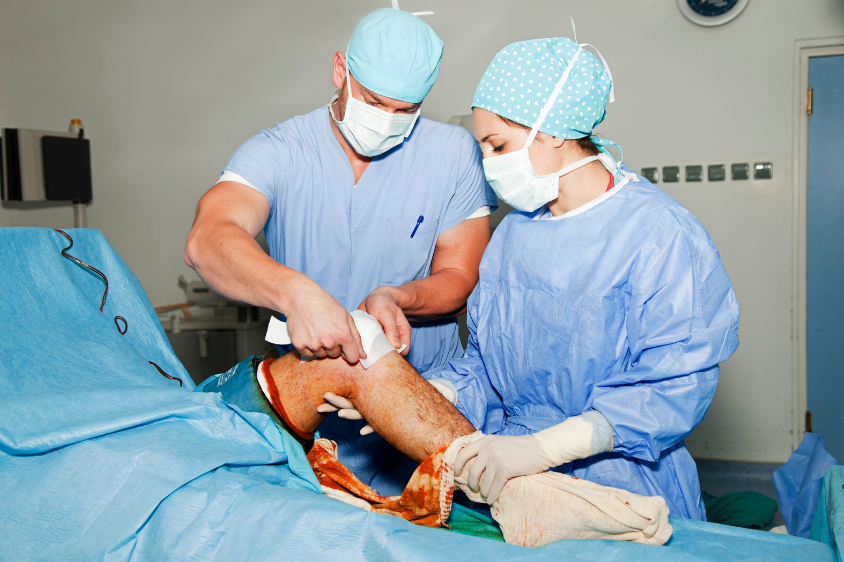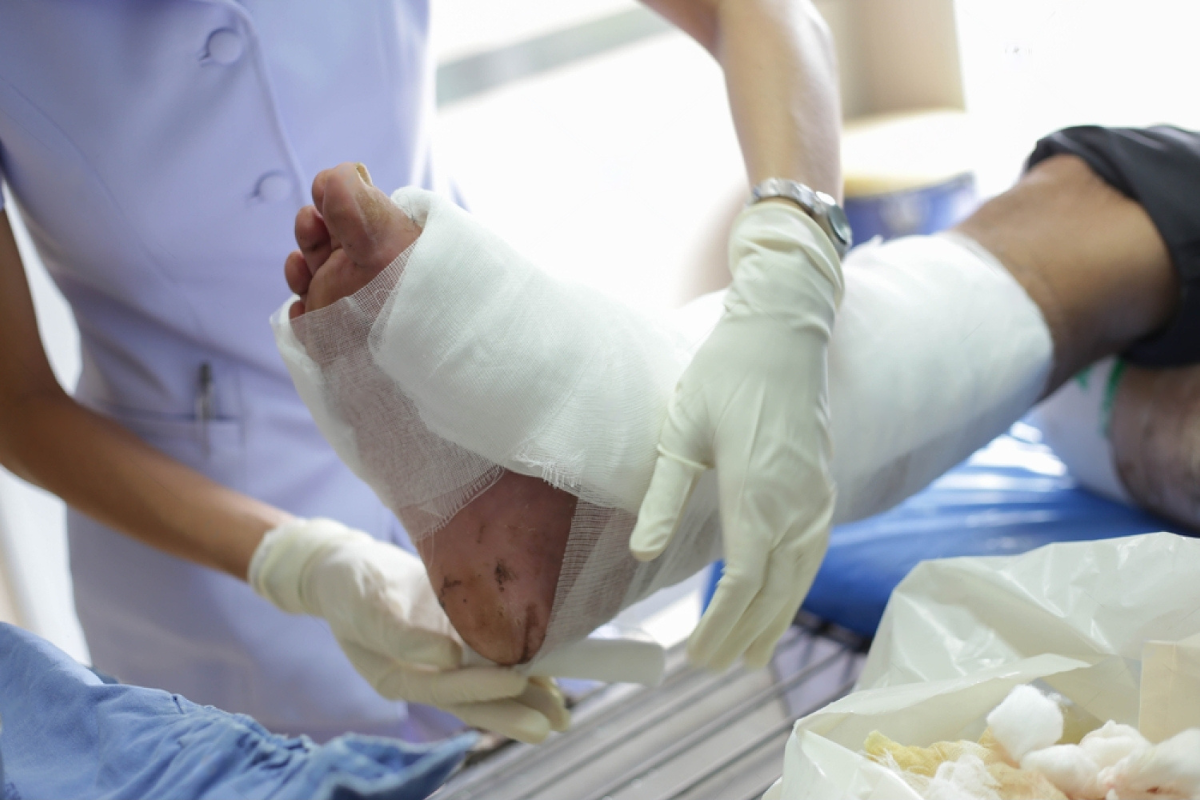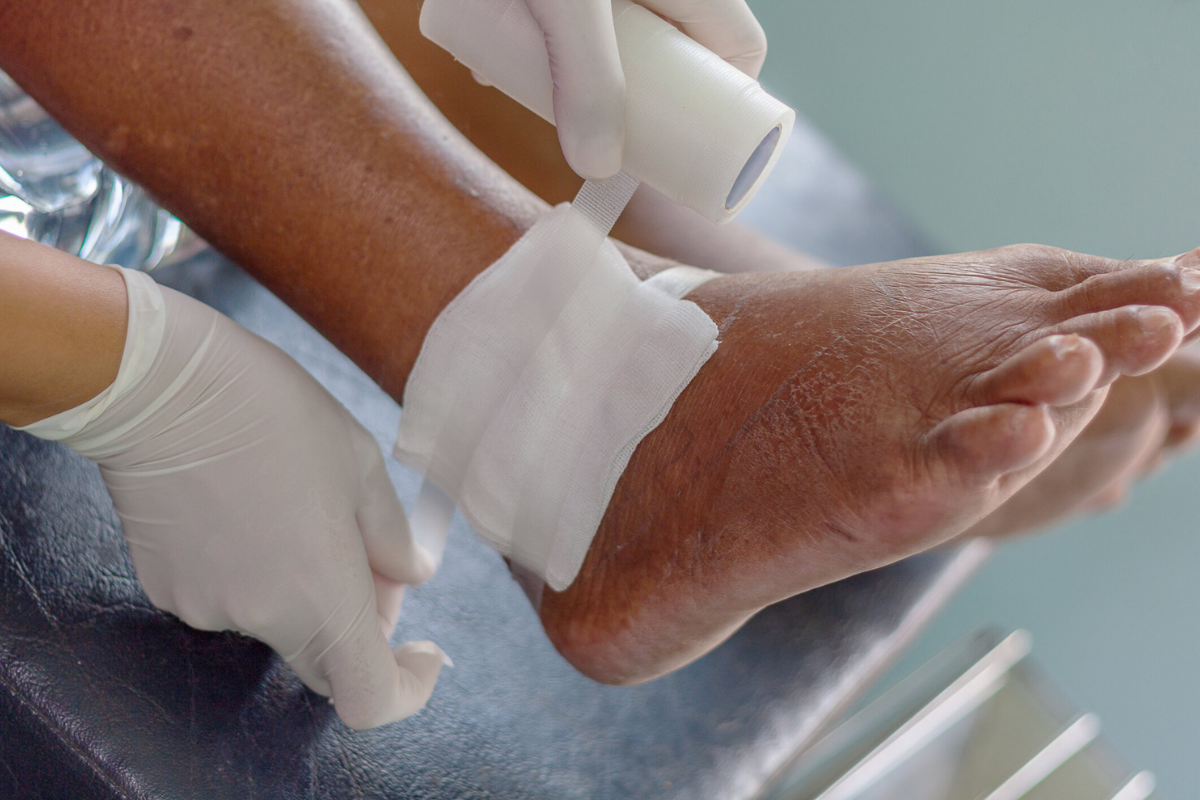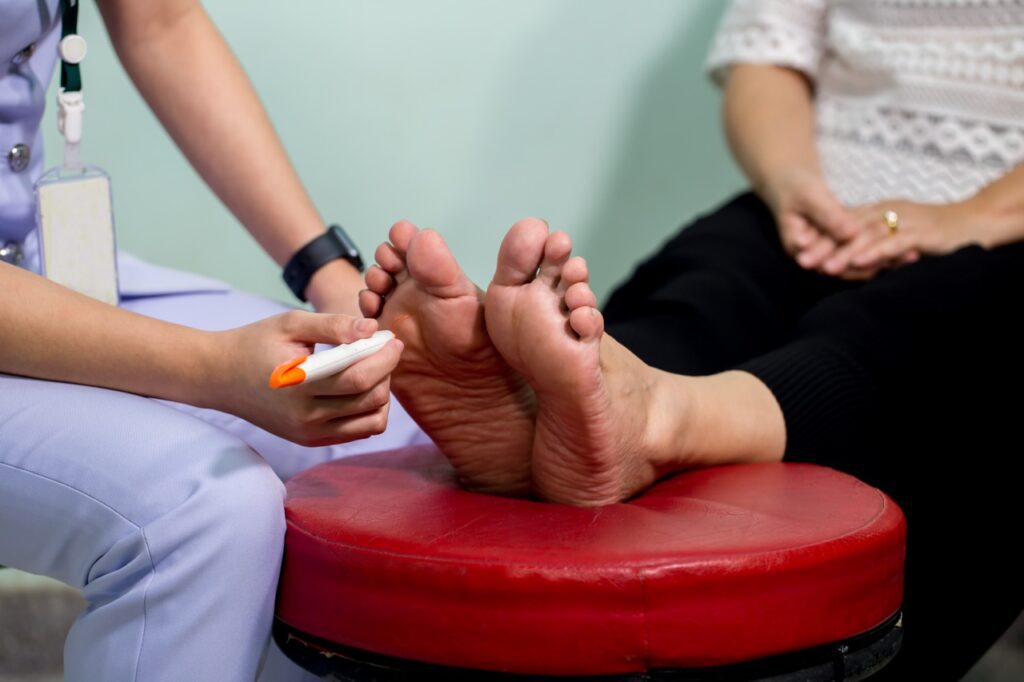Rosacea and capillaries can be persistent skin concerns that affect both appearance and self-esteem. While traditional treatment methods have been used for years, there is a growing interest in the effectiveness of laser therapy in addressing these issues. In this blog post, we’ll explore the role of laser therapy in treating capillaries and rosacea, discussing its benefits, treatment process, and potential risks.
Understanding Capillaries and Rosacea
Capillaries are the smallest blood vessels in the body, and when they dilate near the skin’s surface, they can become visible, resulting in the appearance of red or purple lines on the skin. On the other hand, rosacea is a chronic skin condition characterized by facial redness, visible blood vessels (telangiectasia), and sometimes the development of small, red, and pus-filled bumps. These conditions not only affect physical appearance but can also impact one’s self-confidence and overall well-being.
Traditional Treatment Options
Conventional treatments for capillaries and rosacea include topical creams, oral medications, and lifestyle modifications. Topical creams typically contain ingredients like azelaic acid or metronidazole, which help reduce redness and inflammation. Oral antibiotics may be prescribed for more severe cases of rosacea. Additionally, avoiding triggers such as alcohol, spicy foods, and extreme temperature changes is recommended.
However, these traditional treatments may have limitations and drawbacks. They may provide only temporary relief and require ongoing use. Moreover, they may not address the issue of visible blood vessels effectively.
Introduction to Laser Therapy
Laser therapy is a non-invasive medical procedure that uses the power of focused laser light to target specific skin issues. In dermatology, lasers have become increasingly popular for their precision and effectiveness in treating a wide range of skin conditions, including capillaries and rosacea. The concept of using lasers in medical treatment dates back to the mid-20th century, and advancements in technology have made laser therapy a viable option for patients seeking lasting solutions to their skin concerns.
Types of Laser Therapy
Dermatologists use different types of lasers depending on the specific skin condition being treated. When it comes to addressing capillaries and rosacea, two common laser types are the Pulsed Dye Laser (PDL) and Intense Pulsed Light (IPL). PDL is highly effective in targeting the dilated blood vessels that contribute to redness and visible capillaries, while IPL emits a broad spectrum of light, targeting both red and brown pigments in the skin.
How Laser Therapy Works
Laser therapy works by emitting highly targeted light energy that is absorbed by the hemoglobin in the blood vessels. This energy causes the blood vessels to coagulate and eventually fade from view, reducing redness and improving the overall appearance of the skin. Importantly, the laser’s energy is precisely calibrated to avoid causing damage to the surrounding skin. As a result, patients experience minimal discomfort and can return to their regular activities shortly after the treatment.
Advantages of Laser Therapy
Laser therapy offers several advantages over traditional treatments. It is a non-surgical and minimally invasive procedure, meaning there are no incisions or significant downtime required. The precise targeting of blood vessels leads to long-lasting results, reducing the need for ongoing treatments. Laser therapy’s effectiveness in addressing capillaries and rosacea can result in a significant improvement in skin appearance and, subsequently, a boost in self-confidence.
Risks and Side Effects
While laser therapy is generally safe, it may have potential risks and side effects that vary from person to person. Common side effects can include temporary redness, swelling, and mild discomfort, similar to a sunburn. In rare cases, there may be pigment changes or scarring. However, these risks can be minimized by selecting an experienced dermatologist who can tailor the treatment to your specific needs and monitor your progress closely.
Who Is a Suitable Candidate for Laser Therapy?
Laser therapy is suitable for individuals with capillaries, rosacea, or other vascular skin issues. However, not everyone is an ideal candidate for this procedure. Factors such as skin type, medical history, and medication use can influence a person’s eligibility for laser therapy. Consulting with a dermatologist is crucial to assess candidacy, as they can perform a thorough evaluation and recommend the most appropriate treatment plan.
The Treatment Process
A typical laser therapy session is relatively quick and can be performed in a dermatologist’s office. The exact number of sessions required may vary based on the severity of the condition. During the treatment, you may experience a sensation similar to the snapping of a rubber band on your skin. The procedure typically lasts anywhere from a few minutes to half an hour, depending on the area being treated.
Patients often experience minimal discomfort during and after the treatment. While there may be some redness or swelling immediately following the session, these effects typically subside within a few hours to a couple of days. You can usually return to your normal activities without much disruption.
Post-Treatment Care
After laser therapy, it’s essential to follow the post-treatment care instructions provided by your dermatologist. This may include applying soothing creams or ointments, avoiding sun exposure, and using sunscreen to protect the treated area from harmful UV rays. Adhering to these recommendations will help maintain and prolong the results of the laser therapy, ensuring your skin looks its best.
Patient Testimonials
Numerous patients have reported significant improvements in their skin’s appearance after undergoing laser therapy for capillaries and rosacea. These success stories serve as real-world examples of the effectiveness of this treatment option and the positive impact it can have on individuals struggling with these skin concerns.
Research and Clinical Studies
Recent studies in the field of dermatology have further confirmed the effectiveness of laser therapy in treating capillaries and rosacea. These findings support the growing interest in laser treatments and provide a scientific basis for the positive patient experiences.
Cost Considerations
The cost of laser therapy for capillaries and rosacea may vary based on factors such as the number of sessions required, the treatment area’s size, and the location of the treatment center. It’s essential to discuss the cost with your dermatologist during the initial consultation. In some cases, insurance may cover the cost of laser therapy if it is deemed medically necessary, so be sure to inquire about potential coverage options.
Takeaway
Laser therapy offers an effective and minimally invasive solution for individuals dealing with capillaries and rosacea. While traditional treatments exist, laser therapy has gained recognition for its precision and long-lasting results. If you are struggling with these skin concerns, consult with a dermatologist to determine if laser therapy is the right choice for you. The potential benefits in terms of skin appearance and self-confidence make it a promising option for those seeking to address capillaries and rosacea.
When it comes to addressing capillary-related issues associated with rosacea, Cosmos Clinic emerges as the trusted name, guiding patients towards a path of rejuvenated, radiant skin.

